Guiding Principle #1: The one doing the talking is the one doing the cognitive work.
Guiding Principle #2: The uninterrupted attention span for adult learners is estimated to be only around 20 minutes (Lowe 2011).
On a good day, cut that in about by 1/4 or 1/2 for kids.
Next Question: What is the approximate ratio of the amount of time you talk vs. the amount of time your students talk (productive, on-topic conversation) during a typical class period?
Challenge: Monitor yourself over the week and try to determine your ballpark ratio of teacher to student talk time.
Who's doing the heavy lifting during your class time? Click here for a super-brief article that gives ideas on how to get students doing the lion-share of the thinking/talking/working.
WARNING:
1. The article mentions strategies applied in an elementary setting; HOWEVER, most translate beautifully to high school. Don't be turned off.
2. Some of the strategies may not be new to you - great! Try to use something you haven't tried before or up the frequency of ones you currently use.
Teach on~
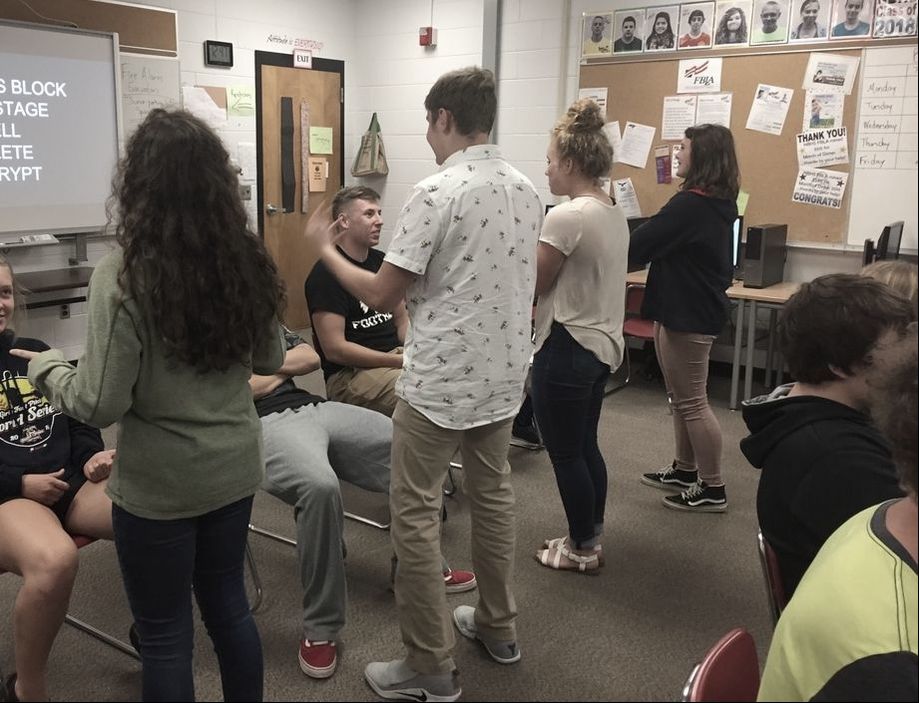
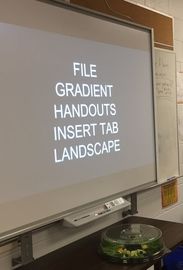
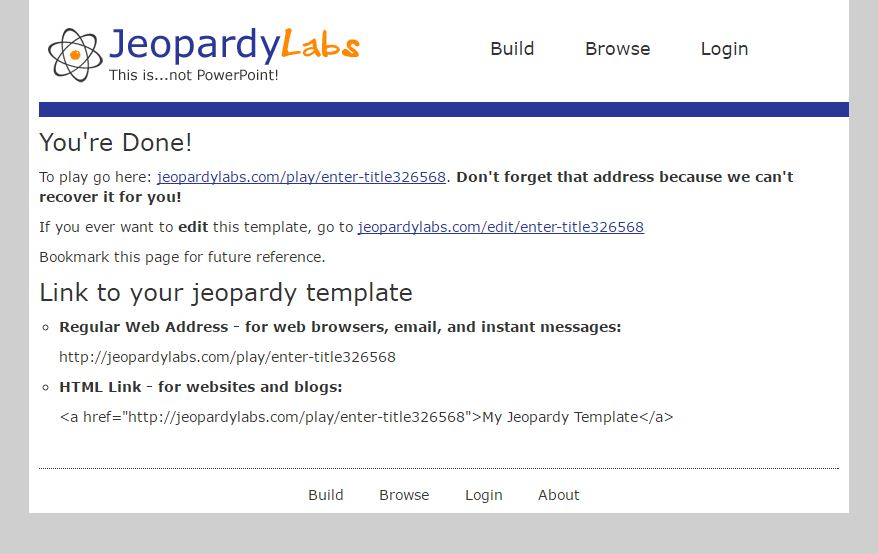
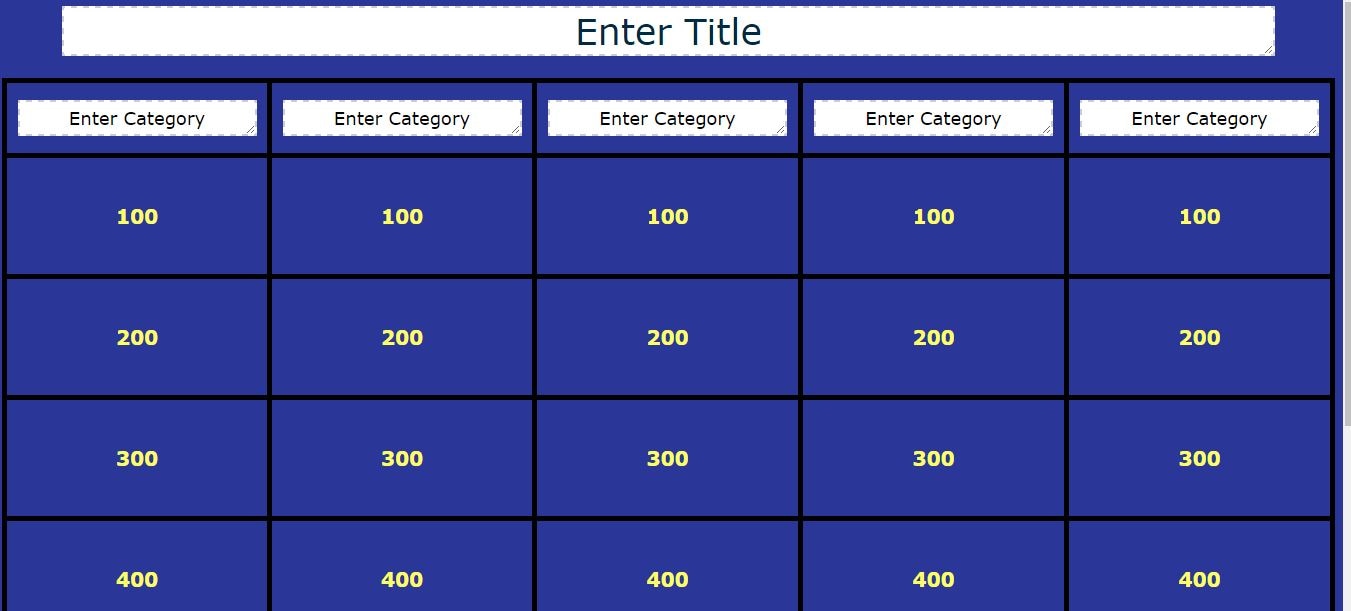

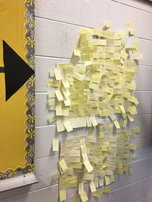
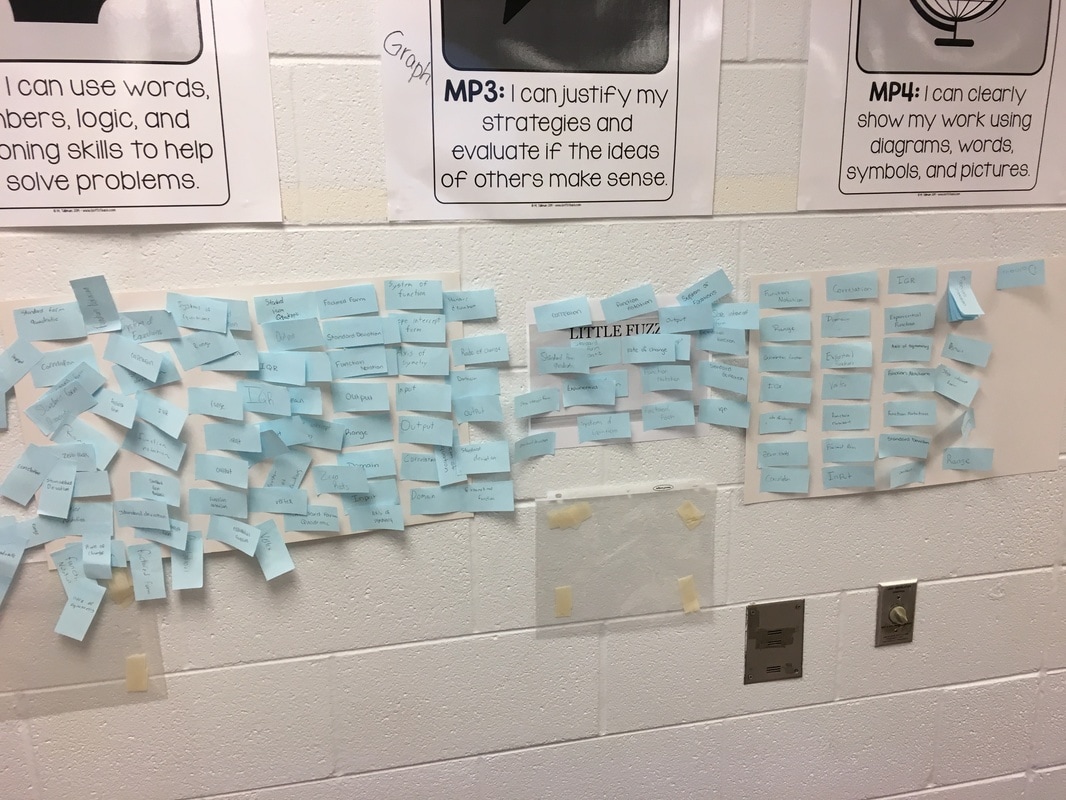
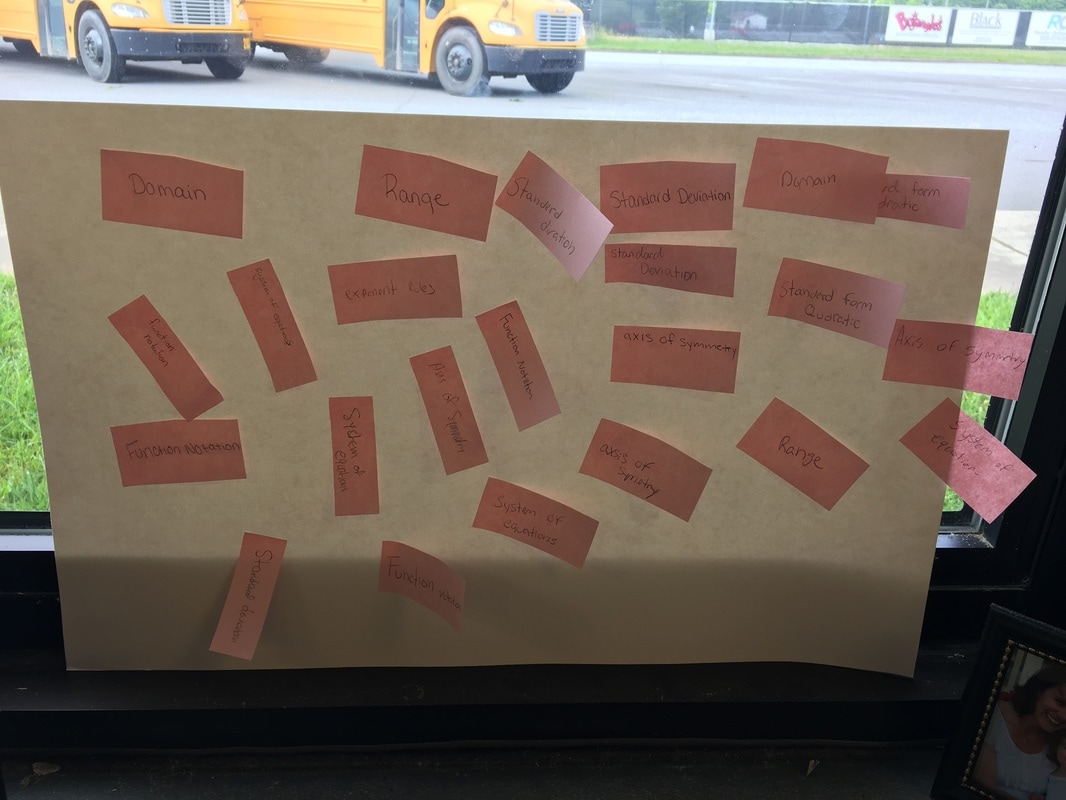
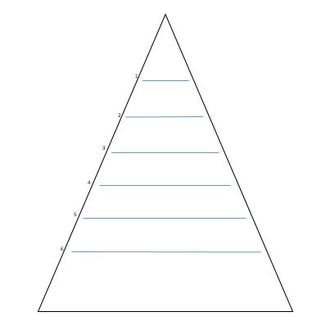
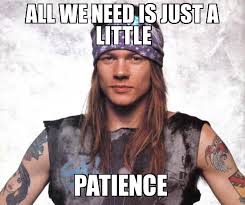
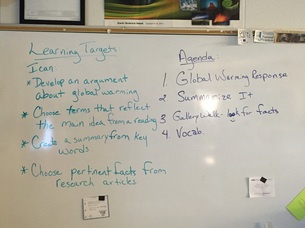
 RSS Feed
RSS Feed
